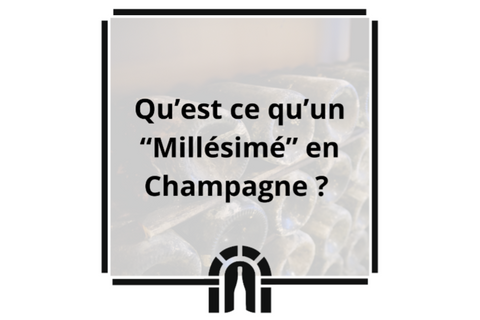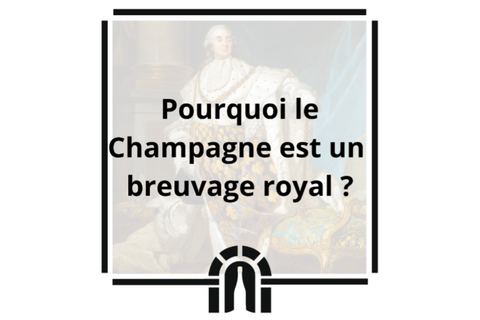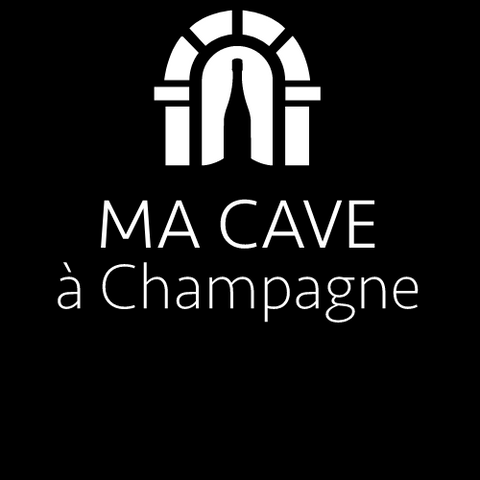In Champagne, a "vintage" refers to a champagne made exclusively from grapes harvested during a single harvest year, called a vintage.
Here are some key aspects to better understand this type of champagne:
Harvest Year: A vintage champagne is produced from grapes harvested during a specific year. This year must be particularly good in terms of climatic conditions and grape quality to justify the production of a vintage.
Exceptional Conditions: Producers only declare a vintage in years when the harvest is considered exceptional. This means that vintage champagnes are not produced every year, but only during the best harvests.
Label: The vintage, or year of harvest, is always indicated on the bottle label. This helps distinguish a vintage champagne from a non-vintage champagne, also called "non-vintage" (NV), which is a blend of wines from several years.
Character and Complexity: Vintage Champagnes are often more complex and richer than non-vintage Champagnes. They reflect the unique characteristics of the harvest year, giving them a distinctive taste profile.
Aging: Vintage champagnes are generally aged for longer in the cellar before being released, often at least three years, but often much longer. This allows them to develop more complex aromas and a more refined structure.
Price: Due to their rarity and often higher quality, vintage Champagnes tend to be more expensive than non-vintage Champagnes.
Vintage Example: For example, if a champagne house produces a vintage in 2012, this means that all the grapes used for this champagne come exclusively from the 2012 harvest, and that year was deemed exceptional enough to warrant a vintage.
In short, a vintage champagne is a high-quality product that highlights the specific characteristics of an exceptional harvest year, thus offering a unique and often more sophisticated experience than non-vintage champagnes.



